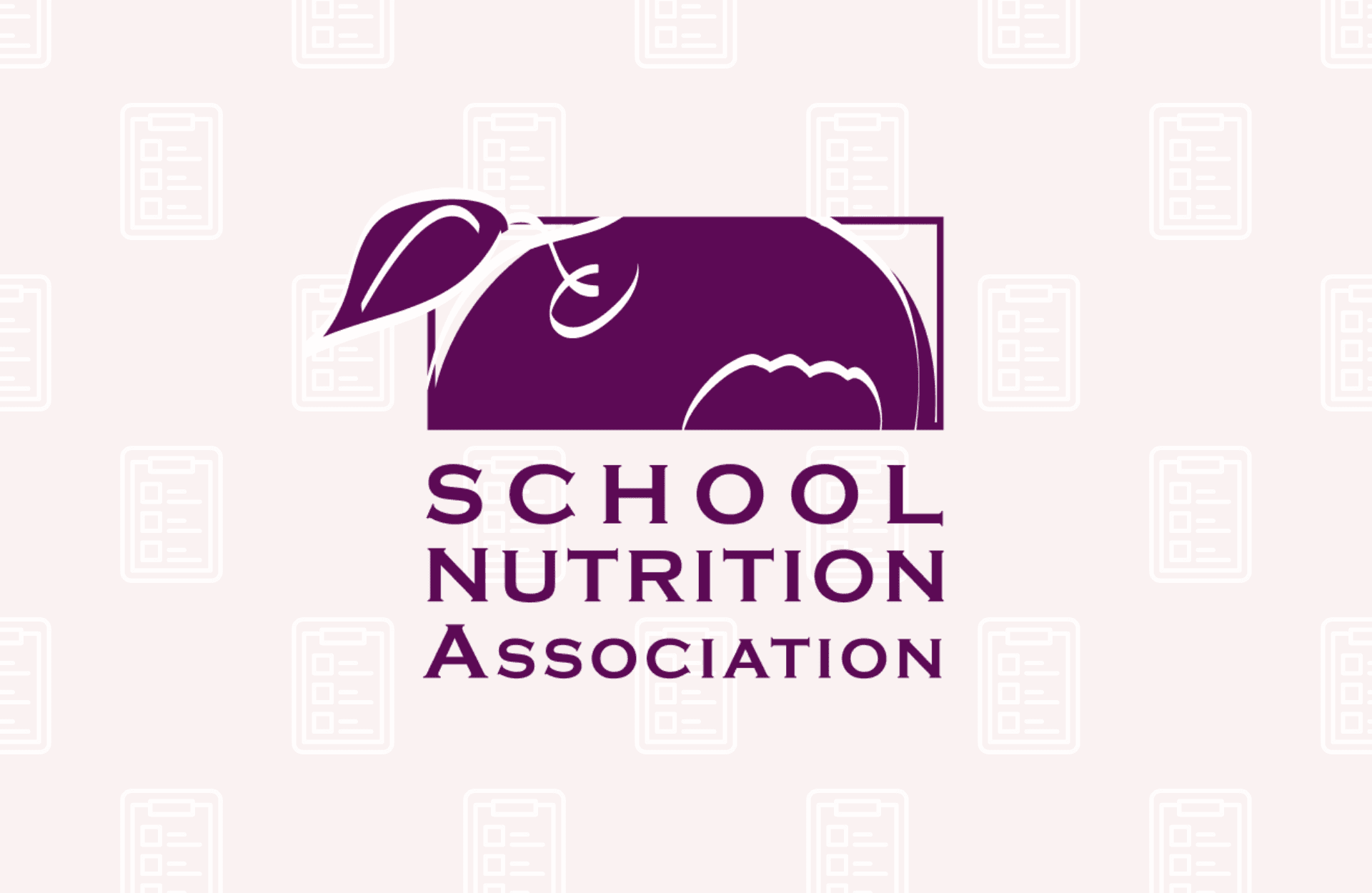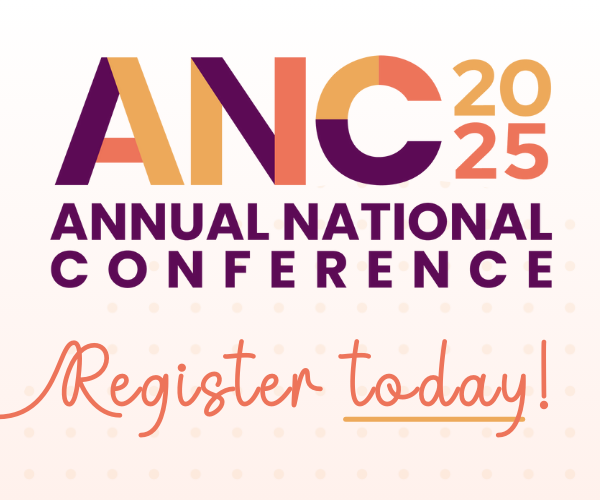FOR IMMEDIATE RELEASE:
Contact: Diane Pratt-Heavner
301-686-3124
media@schoolnutrition.org
SNA Survey Reveals Innovative Efforts to Boost Consumption, Curb Waste in School Cafeterias
2018-08-21
NATIONAL HARBOR, MD – A national survey of school meal program directors finds school districts are utilizing more tactics – holding student taste tests, locally sourcing produce and scheduling recess before lunch – to increase student consumption of healthy school meals and combat food waste. The findings are part of School Nutrition Association (SNA)’s “ School Nutrition Operations Report: The State of School Nutrition 2018 ,” based on survey responses from 1,550 school districts nationwide.
“School nutrition professionals are determined to find new ways to ensure students enjoy the healthy options available with school meals and benefit from all the nutrients they provide,” said SNA President Gay Anderson, SNS.
School meals meet federal nutrition standards, and schools are working to identify appealing recipes and increase choices for students so they are more likely to eat their meals. Survey results reveal:
- 74.5% have implemented student taste tests or sampling
- 67.6% offer salad or produce bars
- Nearly half (48%) of responding districts have schools that have scheduled recess before lunch, a proven strategy for increasing consumption
- 57.4% currently implement nutrition education with another 18.3% planning/considering it
Click on the links for examples from: Wayne County Schools (NY), Carrollton City Schools (GA), Rockwood School District (MO), MSD of Wayne Township (IN)
The survey also reveals widespread efforts to incorporate locally grown foods in school meals and promote these choices to foster healthier eating habits for students. The survey finds:
- 59.9% of responding districts offer locally sourced fruits and vegetables
- More than half (52.2%) include preferences for local or regional sourcing of foods in solicitations or purchase specifications
- 47.8% have implemented Farm to School initiatives, and
- 34.2% utilize school gardens to promote healthier food choices
Click on the links for examples from: Burlington School District (VT), Riverview School District (WA), Arlington Public Schools (VA), Windham Raymond RSU 14 (ME)
Meanwhile, schools employ a variety of strategies to reduce the amount of food students throw away:
- Nearly two thirds (64.1%) of districts encourage students to share unwanted/unopened food items with their peers through cafeteria share tables
- 18.3% collect uneaten food to donate to charitable organizations
- 18.1% are composting food waste
Click on the links for examples from: Austin Independent School District (TX), Oceanside Unified (CA), Littleton Public Schools (CO)
The survey also shows significant increases in the use of innovative service models to make healthy school breakfasts more convenient for students. Since 2010, the School Nutrition Foundation and Partners for Breakfast in the Classroom (supported by the Walmart Foundation) have provided more than $11 million to help schools purchase equipment, like kiosks for “breakfast after the bell” programs. The survey findings highlight efforts to extend breakfast service times beyond the first school bell to ensure students have time to access the benefits of school breakfast:
- 54.1% of districts that offer breakfast provide alternate service venues in addition to the traditional cafeteria line (up from 46.5% in 2016). Among these districts:
- 43.9% deliver breakfast directly to the classroom in some schools
- Grab and Go kiosks outside of the cafeteria have gained in popularity in middle and high schools, with this service option available in 61.8% of districts, up from 56.2% two years ago.
- 40.4% of districts offering breakfast have schools that serve during the first 10-15 minutes of the school day (up from 33.2% in 2016)
- 33.9% offer breakfast during a morning break, or “second chance breakfast” (up from 26.8%)
Click the links for examples from: Livingston Parish Public Schools (LA), Charleston County School District (SC), Orange County Public Schools (FL), Park Hill School District (MO)
Schools are offering more options for students with special dietary needs and working with parents to address student food allergies:
- 49% of districts now offer gluten-free food options (up from 44.5% in 2016)
- 39.5% offer lactose-free milk (up from 34.1%)
- 45.5% offer online access to nutrition and allergen information
- 17.7% report certain foods have been banned districtwide due to allergies
- An additional 20.3% report certain foods have been banned in some schools
- Peanuts lead the list of banned foods, followed by tree nuts
Click the links for examples from: Prince William County Schools (VA), Jefferson County Schools (AL), Andover Public Schools (MA), Eastern Carver County Schools (MN)
School meal programs continue to face challenges when students who are not enrolled in the free meal program lack adequate funds to pay for their meals. The survey found widespread unpaid meal debt, even as districts employ multiple proactive tactics to prevent or minimize student meal charges:
- 75.3% of districts report having unpaid student meal debt at the end of the 2016/17 school year
- 40.2% report that the number of students without adequate funds increased last school year
- Districts with unpaid meal debt utilize the following tactics to support families and prevent or minimize debt:
- online payment/monitoring of account balances (94.2%)
- school staff notify parents directly about low balances or meal charges (85.7%)
- assistance offered to families completing free and reduced-price applications (82.6%)
- automated phone calls, texts or emails for low balance notifications (77.9%)
- financial assistance provided through donations (56.4%)
Click on the links for examples of these tactics from: Garland ISD Student Nutrition Services (TX), Anne Arundel County Public Schools (MD), New Prague Area Schools (MN)
Other notable trends tracked in the report include district demographics, school meal prices, lunch periods, afterschool and summer meals, procurement practices, equipment and technology.The State of School Nutrition 2018 survey was conducted in May and June 2018. The report is based on the analysis of 1,550 responses received from SNA members representing districts nationwide.
Members of the media may contact media@schoolnutrition.org to request the report. SNA members can access the Executive Summary for free here, or purchase the complete report here.
About School Nutrition Association:
The School Nutrition Association (SNA) is a national, non-profit professional organization representing 57,000 school nutrition professionals across the country. Founded in 1946, SNA and its members are dedicated to making healthy school meals and nutrition education available to all students. For more information on school meals, visit www.SchoolNutrition.org/SchoolMeals.
Related Articles

SNA Urges MAHA Commission to Invest in School Meals
Read More

School Nutrition Professionals to Implore Congress to Protect School Meals
Read More




